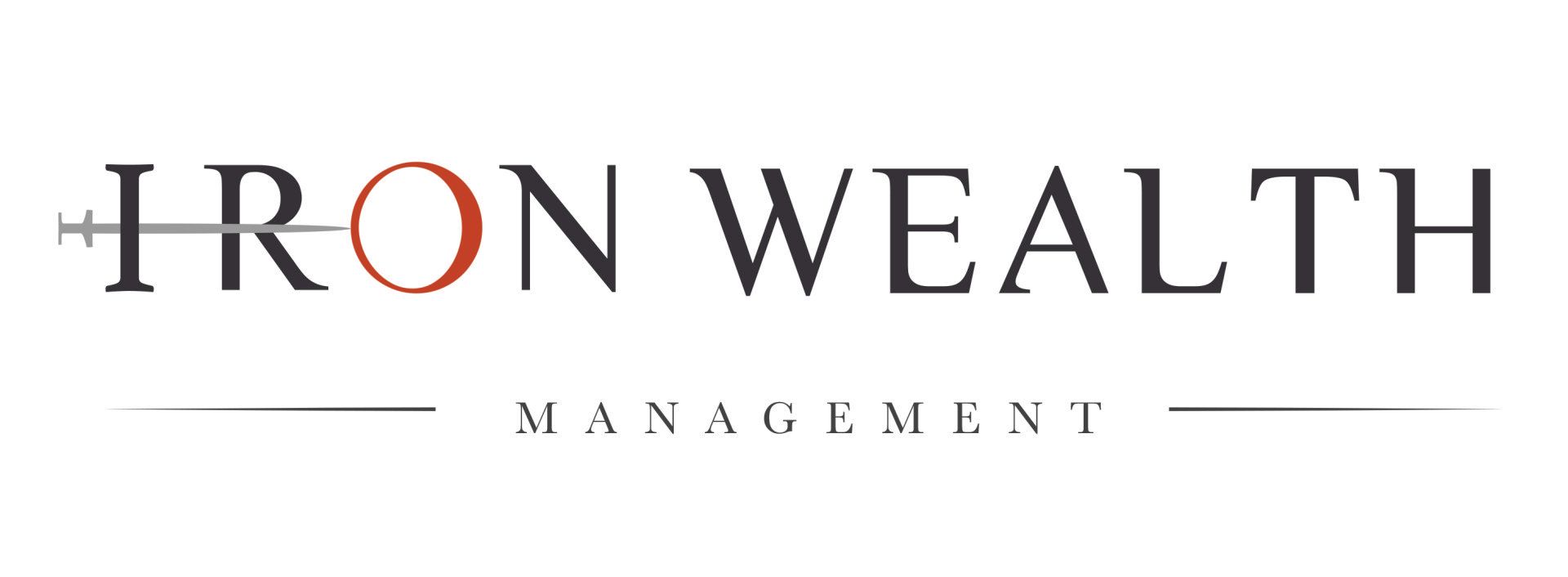Autumn Statement: The Impact on Unsheltered Portfolios
There is no better time to size your unsheltered portfolio correctly. Once you’ve filled up you tax efficient accounts (e.g. ISA & Pension), an unsheltered account gives you flexibility and uncapped investment amounts.
The chancellor has unleashed sweeping tax rises, a complete opposite to the mini budget in September 2022. This blog post relates to personal finances, not macroeconomics or how we should balance government books following their recent negative effect on the economy. Here’s a quick summary to the Autumn statement released in relation to Capital Gains Tax (CGT) & dividends:
CGT
10.00% for basic rate taxpayers and 20.00% for higher/additional rate taxpayers, no changes were announced to these rates in the Autumn Statement. The CGT annual allowance for all UK taxpayers is to be reduced from £12,300.00 to £6,000.00 from April 2023, and then to £3,000.00 from April 2024.
Dividends
8.75% for basic rate taxpayers; 33.75% for higher rate taxpayers; and 39.35% for additional rate taxpayers, no changes were announced to these rates in the Autumn Statement. The annual allowance for dividends will reduce from £2,000.00 to £1,000.00 from April 2023, and then to £500.00 from April 2024.
With these changes, here are some points to consider (in no particular order):
- These changes won’t come in until 4 / 16 months’ time, the option to downsize your portfolio is still available. For some, there is still up to 3x ISA subscription allowances (up to £60,000.00) to take advantage of.
- Depending on how long you have been investing and whether you have been managing your portfolio each tax year (by trimming unrealised gains), you may have unrealised losses given the falls in asset prices over the past 12 months.
- As each & every portfolio is constructed differently, the return profile will also differ. It is important to understand the different components of expected returns in order to more accurately calculate the income/gains within the exemption/allowance. For example, in an 60/40 (60% stocks and 40% bonds) unsheltered portfolio with a value of £250,000.00, you may receive the following expected returns (weighted):
- Interest - 1.00%
- Dividends - 1.50%
- Capital Gains - 3.50%
- Total - 6.00%
Assuming you are a basic rate taxpayer, according to the rates effective April 24, you would therefore expect £3,750.00 of dividends and £8,750.00 of capital gains. £284.38 (8.75%) would be due on the dividends and £575.00 (10.00%) on the capital gains. An equivalent tax rate of 6.88%.
- Your overall level of taxable income is very important. For example, if your total earnings are £40,000.00 per tax year, you will have £10,270.00 within basic rate tax band and any gains and dividends over the exemption/allowance would be subject to 10.00% CGT & 8.75% dividend income tax.
- For those who are already higher rate taxpayer or pushed into the higher rate tax, then you may wish to consider investing in alternative tax wrappers or investments that are exempt from capital gains/dividends income tax.
- There is no longer a relief for holding assets over the long term to counter the impact of inflation. It is fair to say that most assets generally increase by itself due to inflation and the high annual exemption amount (AEA) of £12,300.00 was seen as a way to counter the adverse impact of inflation. The reduction in the AEA penalises those who have held assets for the long term and have not been managing the unrealised gains within their portfolio. The reduction of the AEA is potentially the most serious change for long term investors.
In summary, investors are penalised and will pay more tax. Sizing your investment right becomes more important within an unsheltered portfolio. But if this is managed carefully, preferably keeping all income/gains within basic rate tax, then 10.00%/8.75% taxation should not deter you from investing for the long term.
Risk Warnings:
The information contained in this article is intended solely for information purposes only and does not constitute advice. The price of investments and the income derived from them can go down as well as up, and investors may not get back the amount they invested. Past performance is not necessarily a guide to future performance.
The Iron Wealth Blog











